How Native Civilizations Innovated to Conquer the Wilderness
A new activity center at the American Indian Museum in NYC sheds light on the original know-how of the Americas
:focal(2465x751:2466x752)/https://tf-cmsv2-smithsonianmag-media.s3.amazonaws.com/filer/1e/9c/1e9c0b3e-8cd2-4fd5-82ed-bf60bdd68c84/nyjd106.jpg)
One of the first displays that kids see at the new activity center at the National Museum of the American Indian in New York City is a wall-size map of the Americas, studded with miniature versions of products that were first developed by indigenous people. A canoe hovers above the Great Lakes, corn over western Mexico, and a kayak above northern Canada. And perched over Panama is a tiny pair of canvas high-tops.
Did Native Americans wear the world’s first sneakers? Not exactly. “We didn’t invent Chuck Taylors,” says Duane Blue Spruce, a museum project manager. “But we did invent the chemical processes” for making rubber.
More than three millennia before Charles Goodyear gets credit for inventing vulcanization, the Olmecs were making rubber in what is now southern Mexico, in 1600 B.C. Along with later Mesoamerican civilizations, including the Maya and the Aztecs, they developed separate formulas to produce different types of rubber: strong rubber bands to strap handles onto tools, durable rubber soles for their sandals, and the bouncy rubber balls they used in their ritual ballgame, which was played for centuries in courts across a wide swath of Mexico and beyond.
Spaniards arriving in the 1500s marveled at this strange material and described the technology for processing it: latex drawn from the local rubber trees was combined with the juice of morning glory vines until it coagulated into rubber.
The latex on its own wasn’t rubbery at all, says Michael Tarkanian, a senior lecturer in materials science and engineering at MIT who has researched the early technology. As it dries, “it’s more like taffy at first, and then brittle as it ages.” So it took scientific invention on the part of the Olmecs and their successors to process the latex into something strong, flexible and useful, followed by experimentation to adjust the formula to achieve different results.
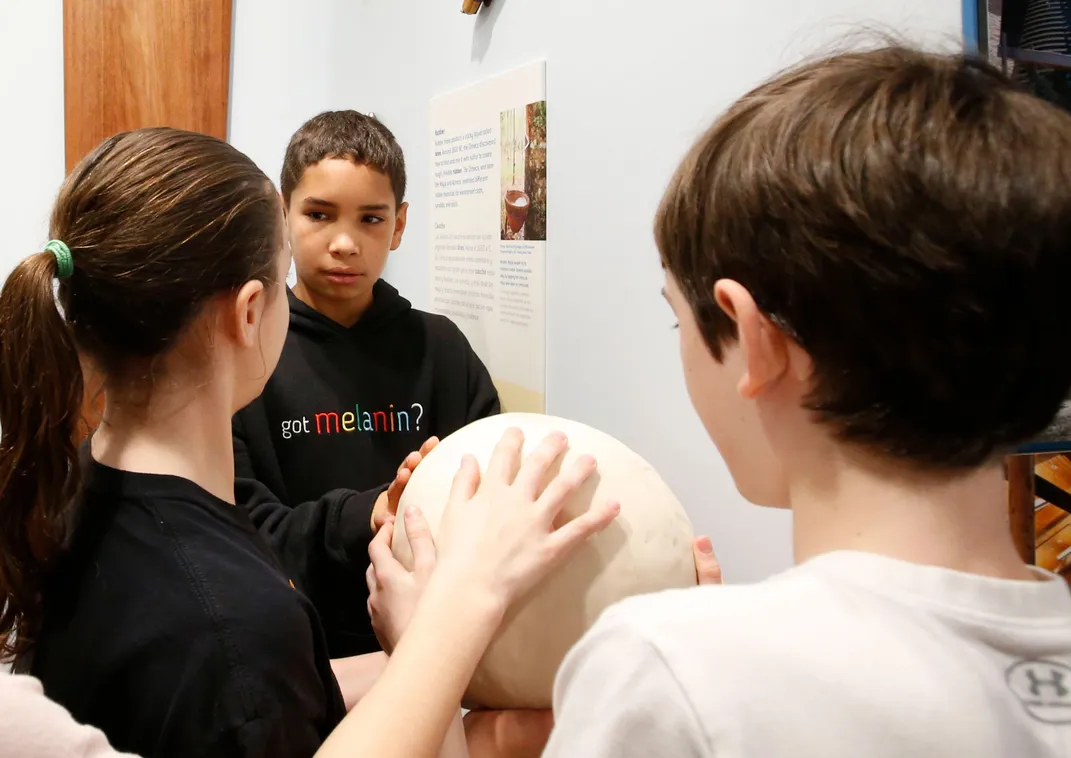
“None of this was a mistake,” Tarkanian says. Over time, indigenous people in the region also “developed metallurgy and alloys and stone-working and astronomy and mathematics,” he says. “It was a culture of scientific development.”
Even so, among European settlers and their descendants, says Kevin Gover, the museum's director, “the great American narrative was that the Americas were a wilderness occupied by a few hunter-gatherers” who didn’t create anything worthy of serious attention. In reality, Gover says, “The Americas were built on a foundation of Native civilizations that had already conquered the wilderness.”
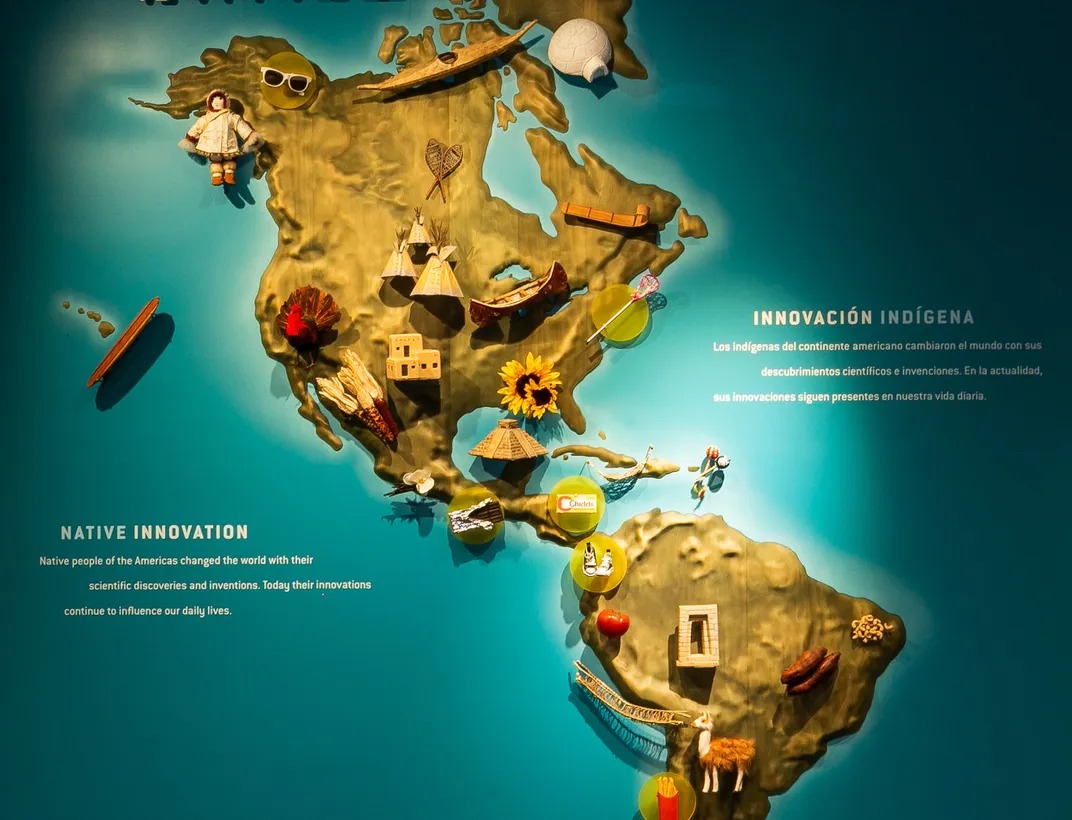
In opening the new space, called the ImagiNATIONS Activity Center, Gover and his colleagues aim to teach a new generation the facts about indigenous innovation. The rubber display lets visitors handle a heavy rubber ball like those used in the ancient ballgame, a version of which, ulama, is still played in some Mexican communities. The center’s math section presents the number zero, a concept developed by the Maya and only two other cultures in the world. A section on suspension bridges highlights the grass-rope bridges the Inka built in the Andes, some of which were 150 feet long, at a time when the longest bridge in Spain was only 95 feet. Here kids can practice the Inka technique for braiding a strong cable out of a weak material, using plastic bags in lieu of mountain grasses.
Another section focuses on Native achievements in plant breeding and points out how many globally important foods—corn, potatoes, cassava, tomatoes, chocolate—were originally grown by Native American farmers. Nearby, in a computer simulation game called the "Crop-etition Challenge," players try to survive by planting a nutritious combination of crops that can overcome threats from pests and bad weather.
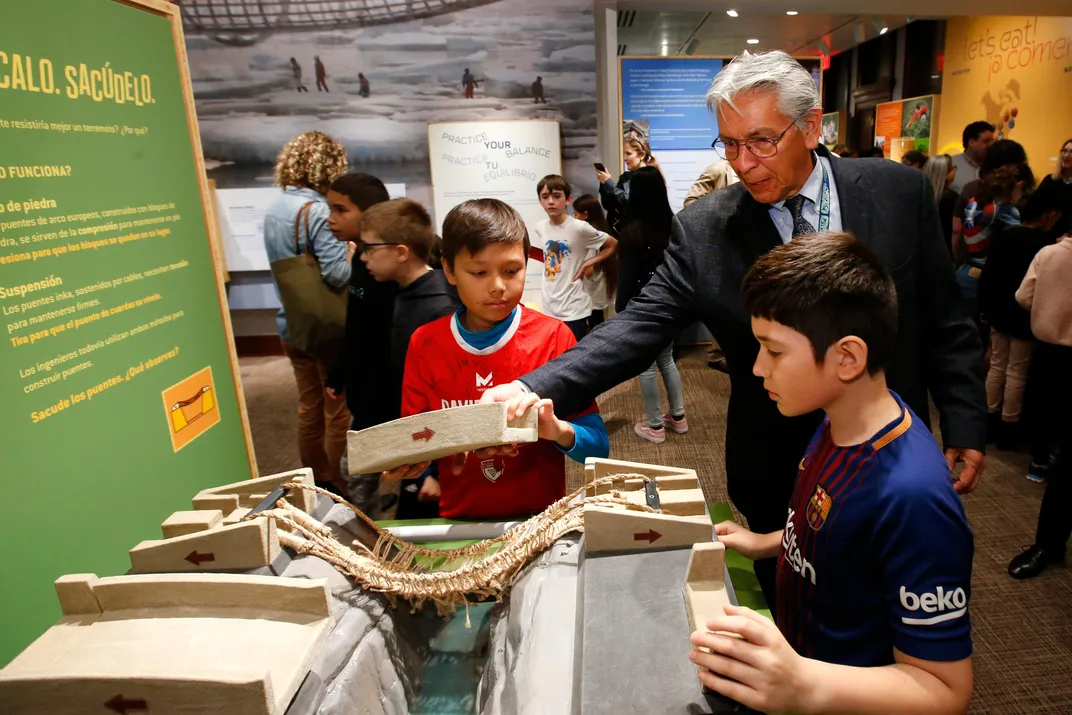
“People are endlessly creative in solving problems,” says Gover. “Native Americans were no different and no less skilled at solving problems.” But the drastic decline in the indigenous population after European contact—some estimates suggest up to 90 percent of the population died—took a heavy toll on the Native body of knowledge. “We’ll never know all the knowledge that died along with them,” he says. “We’ll only have a shadow of what they knew.”
Sometimes that knowledge emerges at unexpected moments. When Tarkanian began his efforts to recreate the old indigenous rubber process with latex and morning glories, he found that none of the Spanish observers had written down the formulas in detail. “I kind of pieced the recipes together from 16th-century documents,” he says. He traveled to collect materials in Chiapas, an area of Mexico that had an abundant supply of the right kinds of rubber trees and vines. When Tarkanian described the Native process to a family he met on a farm, he says, the adults told him, “Oh, yeah, we used to do that when we were kids, to make balls to play with.”
That image of Native innovation as a living thing is a key part of the museum’s vision for the activity center. “We want kids first of all to have fun. We want them thinking on their own about why things work the way things work,” Gover says.
“And we want them to realize,” he says, “that Indians aren’t just people who used to be here, that they made contributions that last, and that they are still here.”
The ImagiNATIONS Activity Center is open daily from 10 a.m. to 4:30 p.m. at the National Museum of the American Indian, George Gustav Heye Center at One Bowling Green in New York City.
/https://tf-cmsv2-smithsonianmag-media.s3.amazonaws.com/accounts/headshot/SusannahGardiner.JPG)
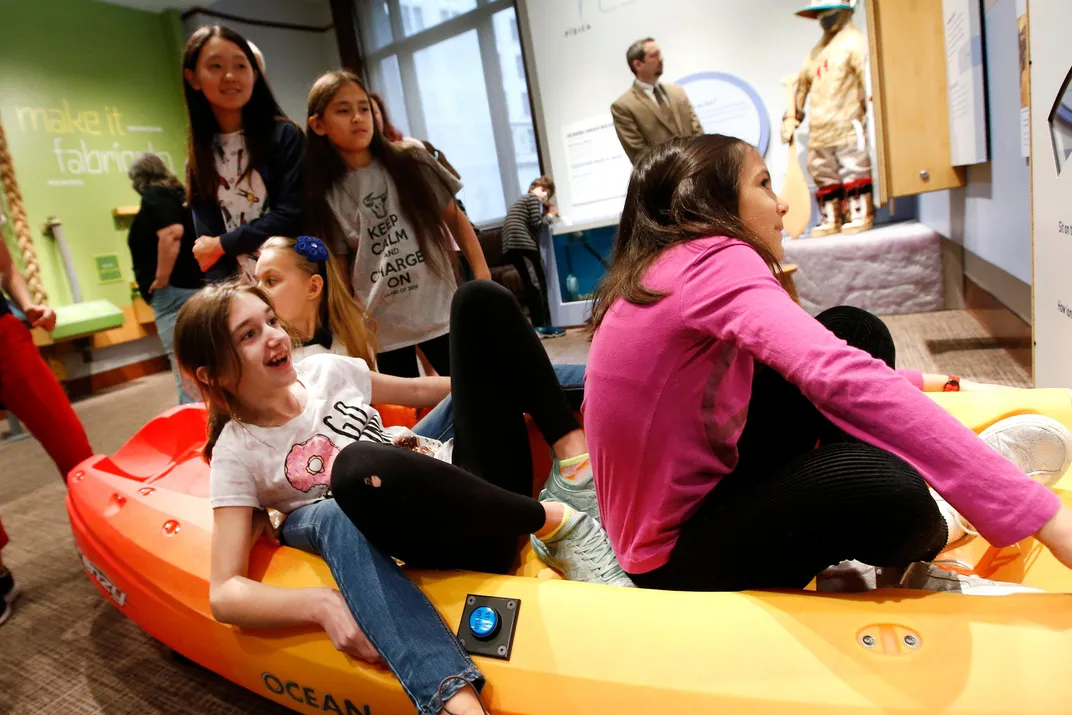
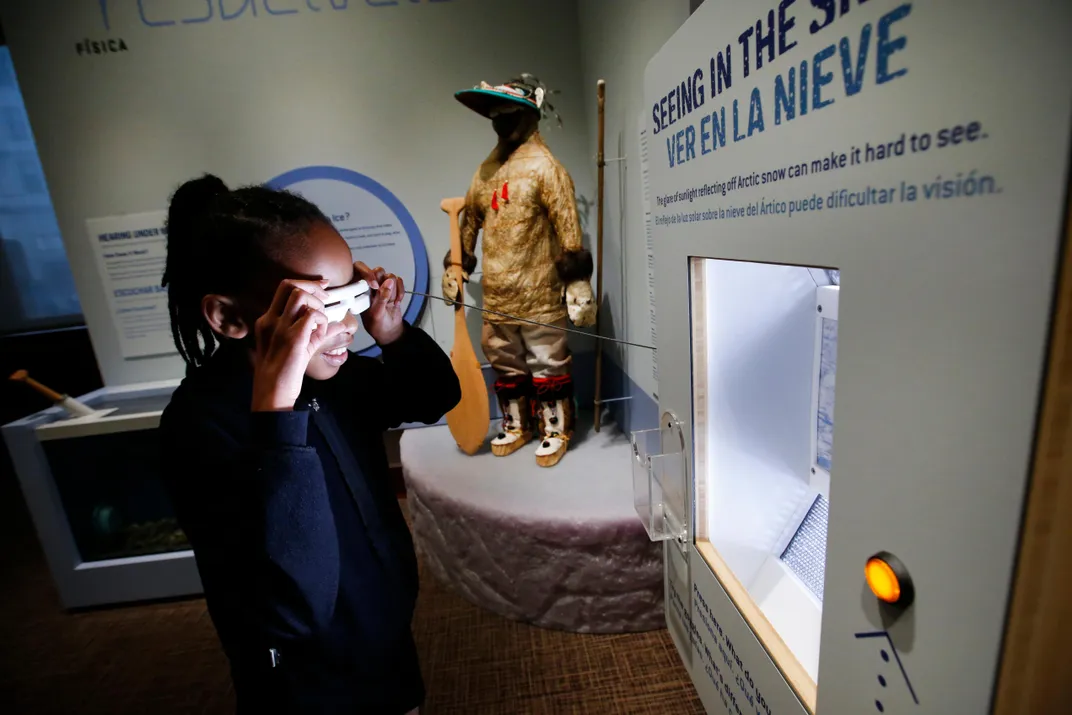
/https://tf-cmsv2-smithsonianmag-media.s3.amazonaws.com/accounts/headshot/SusannahGardiner.JPG)